- Elevate," making its world premiere at CES 2019, will significantly help rescuers in the event of a natural disaster.
- The wheels feature robotic limbs, which allow users to drive, walk, or even climb on the most dangerous terrain.
Any rescuer will answer that the first 72 hours after a natural disaster are the most important to save lives. However, many times due to the nature of the disaster (wildfire, earthquake, hurricane, or flood), it can be difficult for search and rescue missions to offer immediate help to victims.
The need for efficient, fast and rugged transportation for disaster relief led Hyundai to develop the first vehicle with movable limbs. Elevate is the first Most Advanced Mobility Vehicle (UMV). It is a technology proposal that mixes electric cars and robots, to allow crossing a terrain beyond the limitations that an all-terrain vehicle could have.

“When a tsunami or earthquake strikes, today's rescue vehicles can only transport first responders within the limits of the rubble. They have to walk the rest of the way. 'Elevate' can drive to the site and climb directly over flood debris or pieces of collapsed construction , ” said John Suh, Vice President and Chief Executive Officer of Hyundai CRADLE.
“This technology goes beyond emergency situations. People living with disabilities around the world, who do not have access to a ramp, could call for a self-contained Hyundai Elevate that would walk to their front door, level itself, and allow their wheelchair to turn directly. The possibilities are limitless , ”Suh added.

The "Elevate" concept is based on a modular electric vehicle (EV) platform, with the ability to swap different anatomies for specific situations. The robotic limb architecture allows you five degrees of freedom of movement, in addition to the propulsion motors on each wheel. It is equipped with the latest electric actuator technology. This design can move similar to that of a mammal (on all fours), or glide like a reptile, allowing it to move in any direction.
The limbs are also folded and tucked away when the vehicle is in normal driving mode. When the power that moves the wheel joints is off, it uses an integrated passive suspension system that maximizes battery efficiency.
These functions allow the Elevate to travel at highway speeds similar to any other vehicle, but no other vehicle is capable of climbing a five foot high wall, traversing a gap, or walking on various types of terrain. , and achieve a track width of 15 feet. All while keeping the body and passengers perfectly stable and level.
The combination of moving wheels with articulated limbs provides a new paradigm of mobility, enabling faster walking speeds, extraordinary dynamic driving postures and effective torsional control.

“By combining the power of robotics with Hyundai's latest electric vehicle (EV) technology, the 'Elevate' has the ability to take people to places that a vehicle has never gone before, redefining our perception of vehicular freedom , ” said David Byron, design manager at Sundberg-Ferar. Imagine a car stuck in a snow ditch, just 10 feet from the road, and that may be able to walk or climb over treacherous terrain, get back on the road and potentially save the lives of its injured passengers. This is the future of vehicular mobility ” .

Inside the "Elevate", passengers will experience a vehicle totally conceived from an engineering point of view, to move comfortably through the most inhospitable terrain.
“We have been working with Sundberg-Ferar on the 'Elevate' concept for almost three years,” added Suh.





.png)
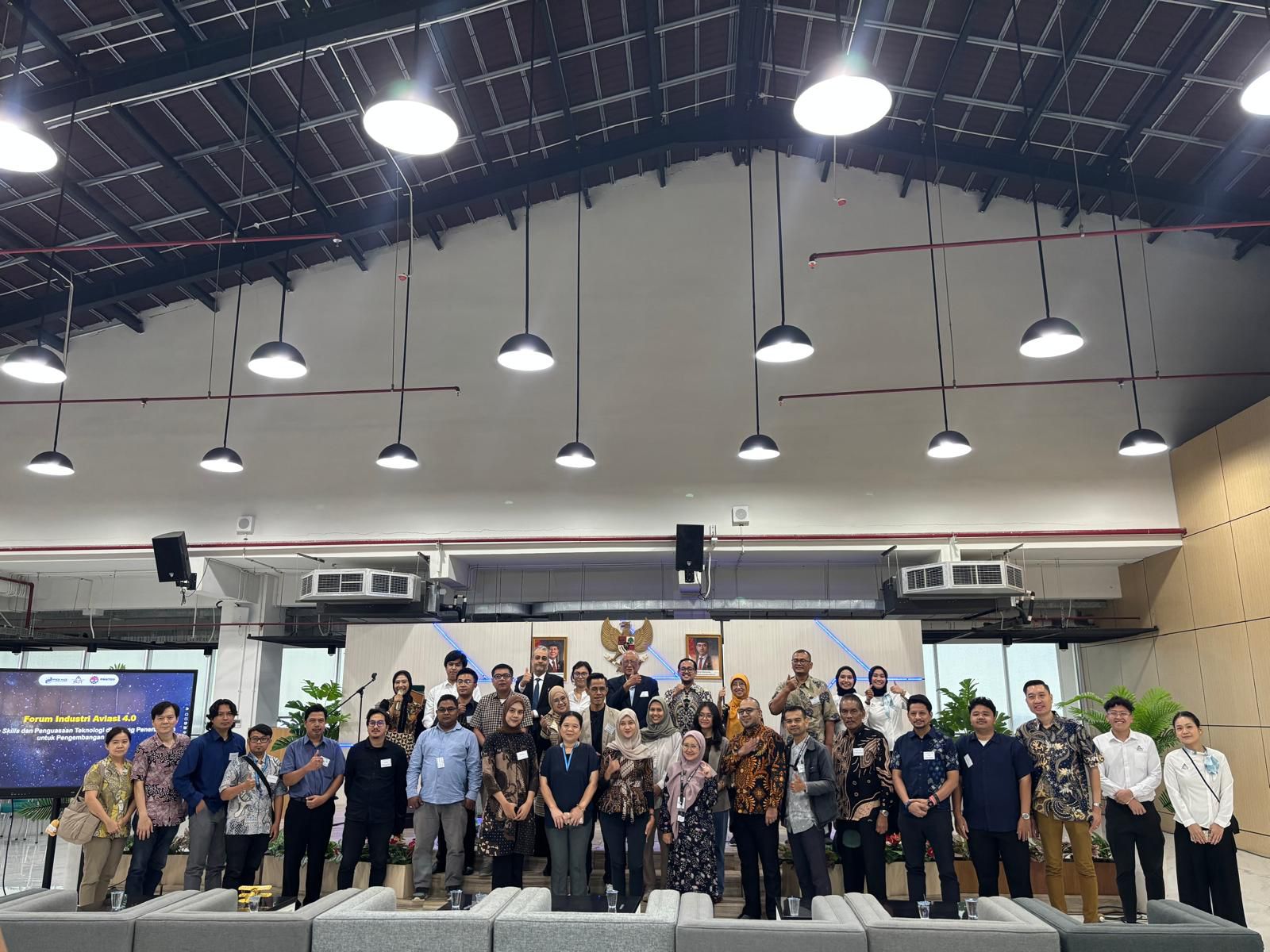





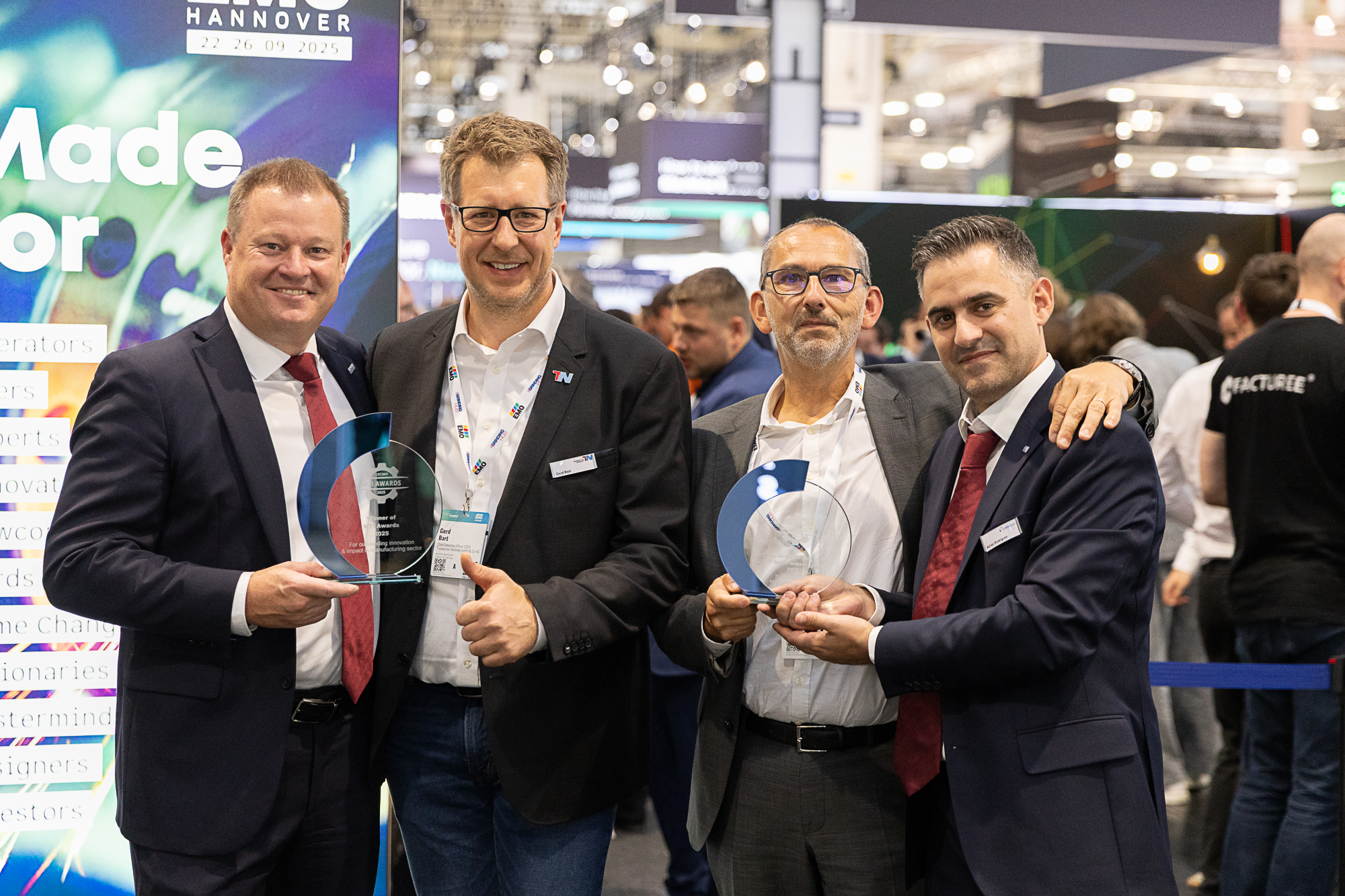



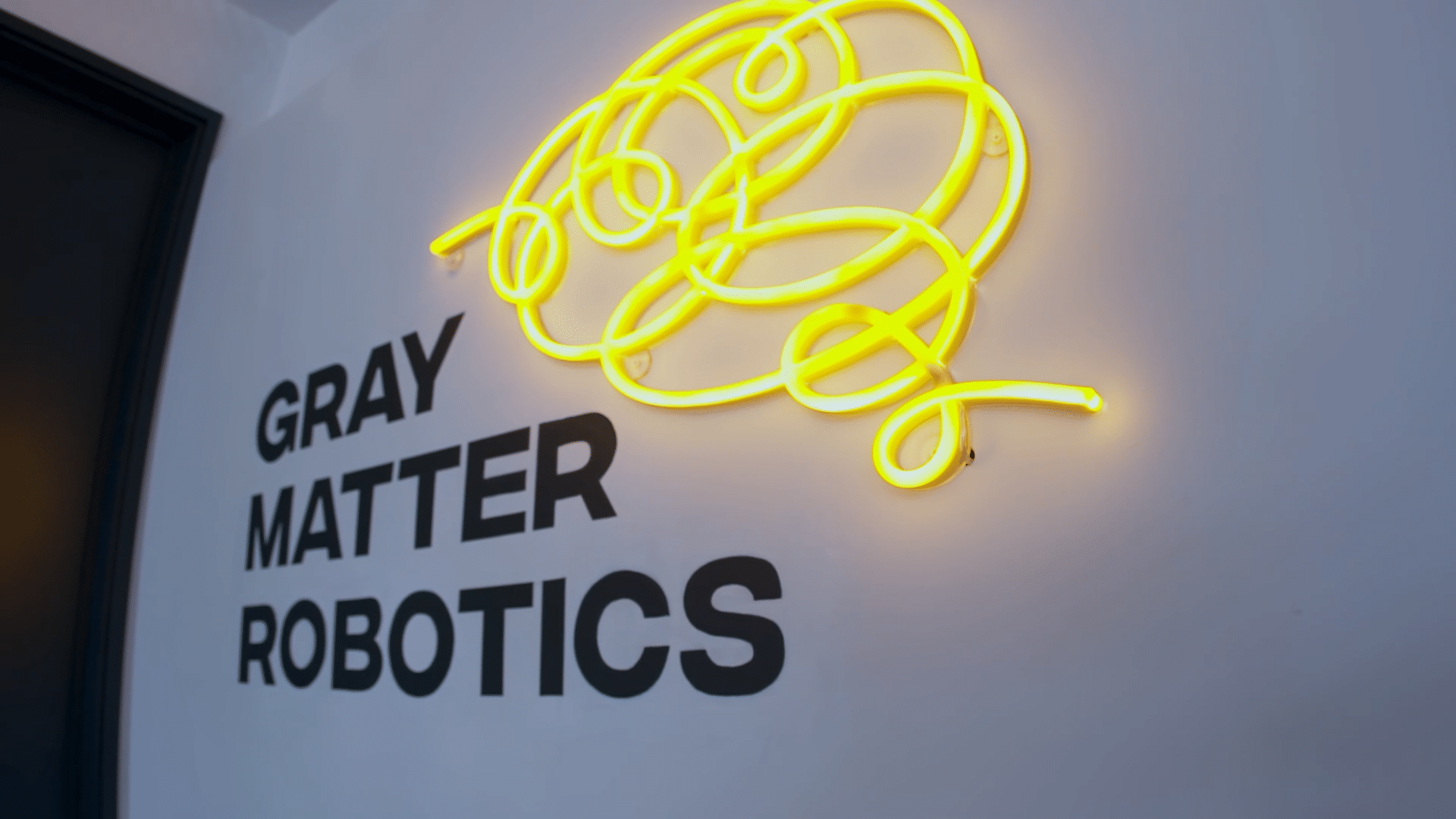


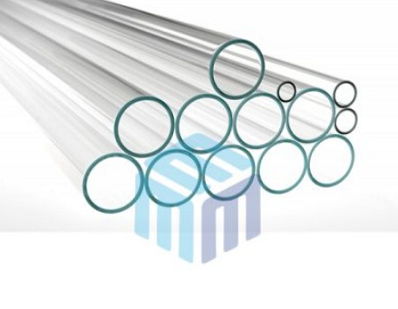

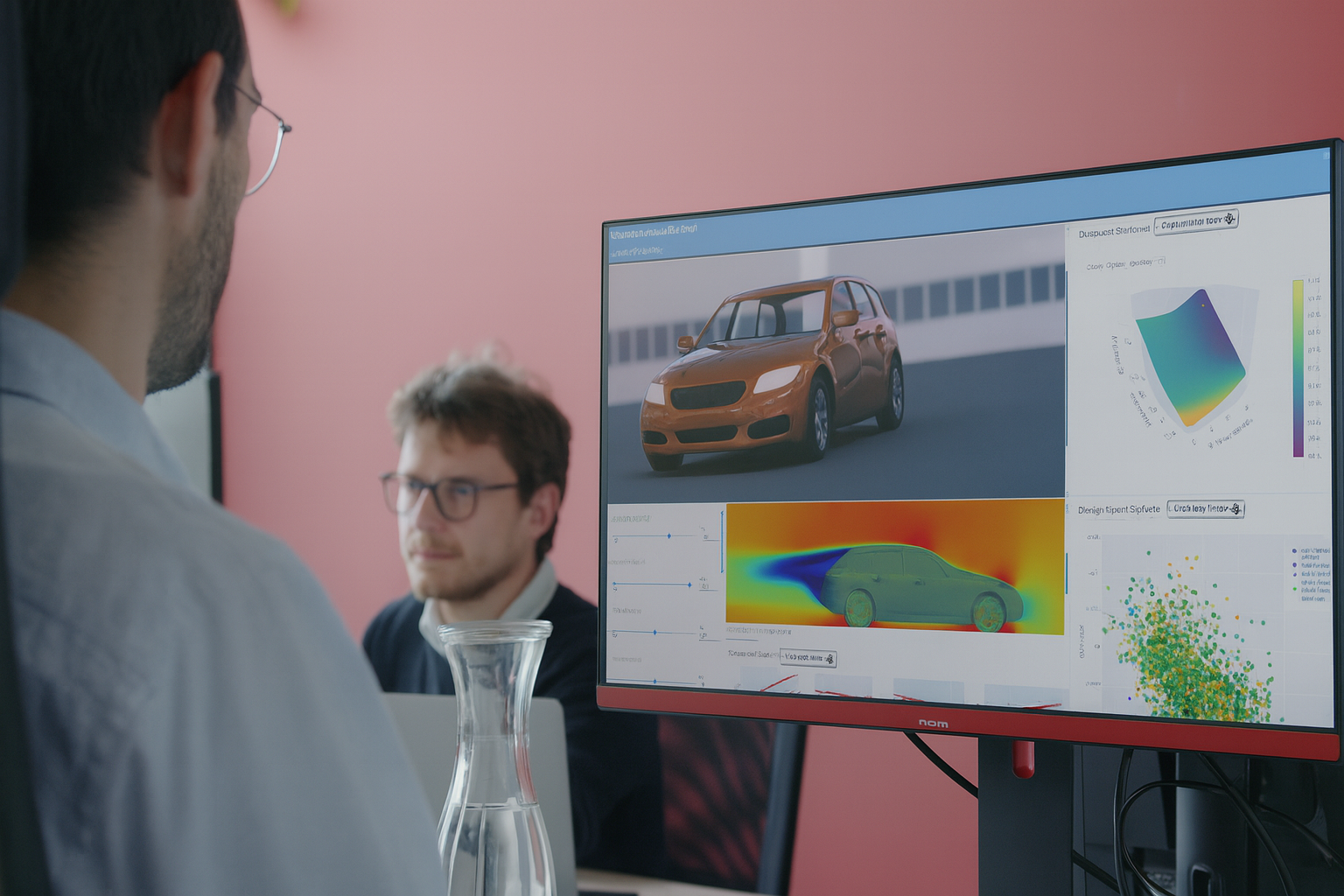
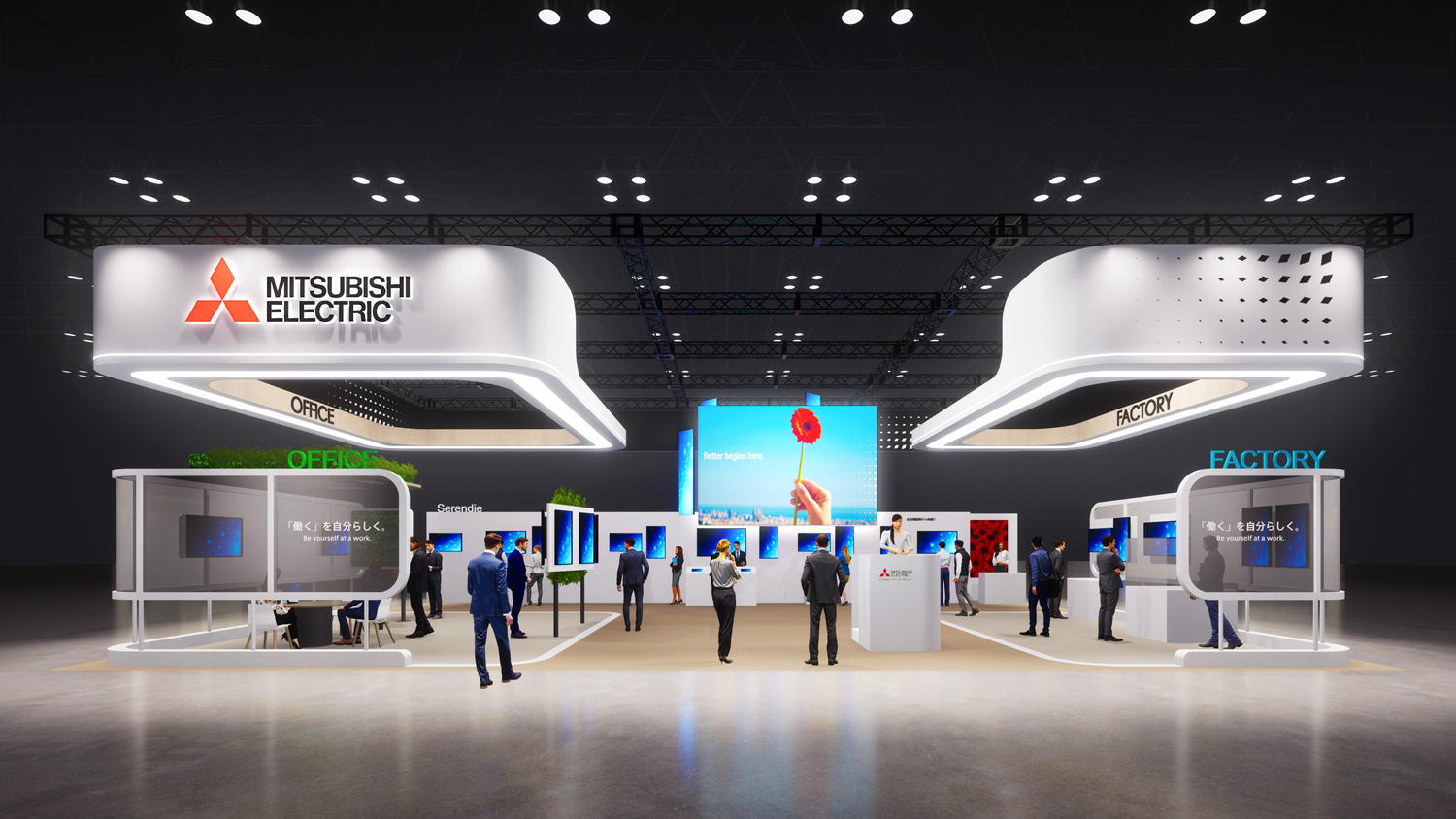

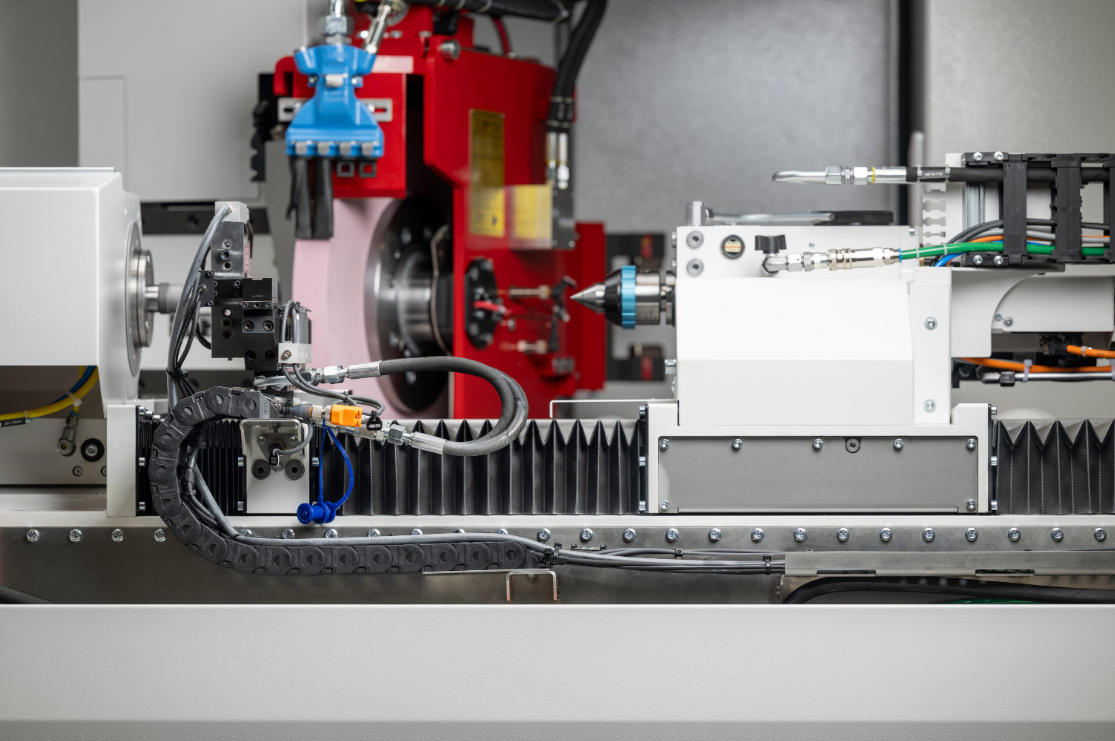





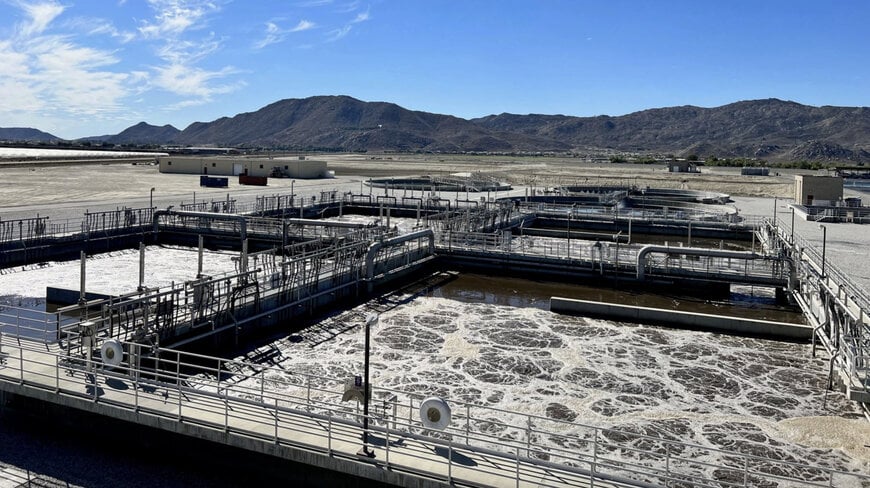

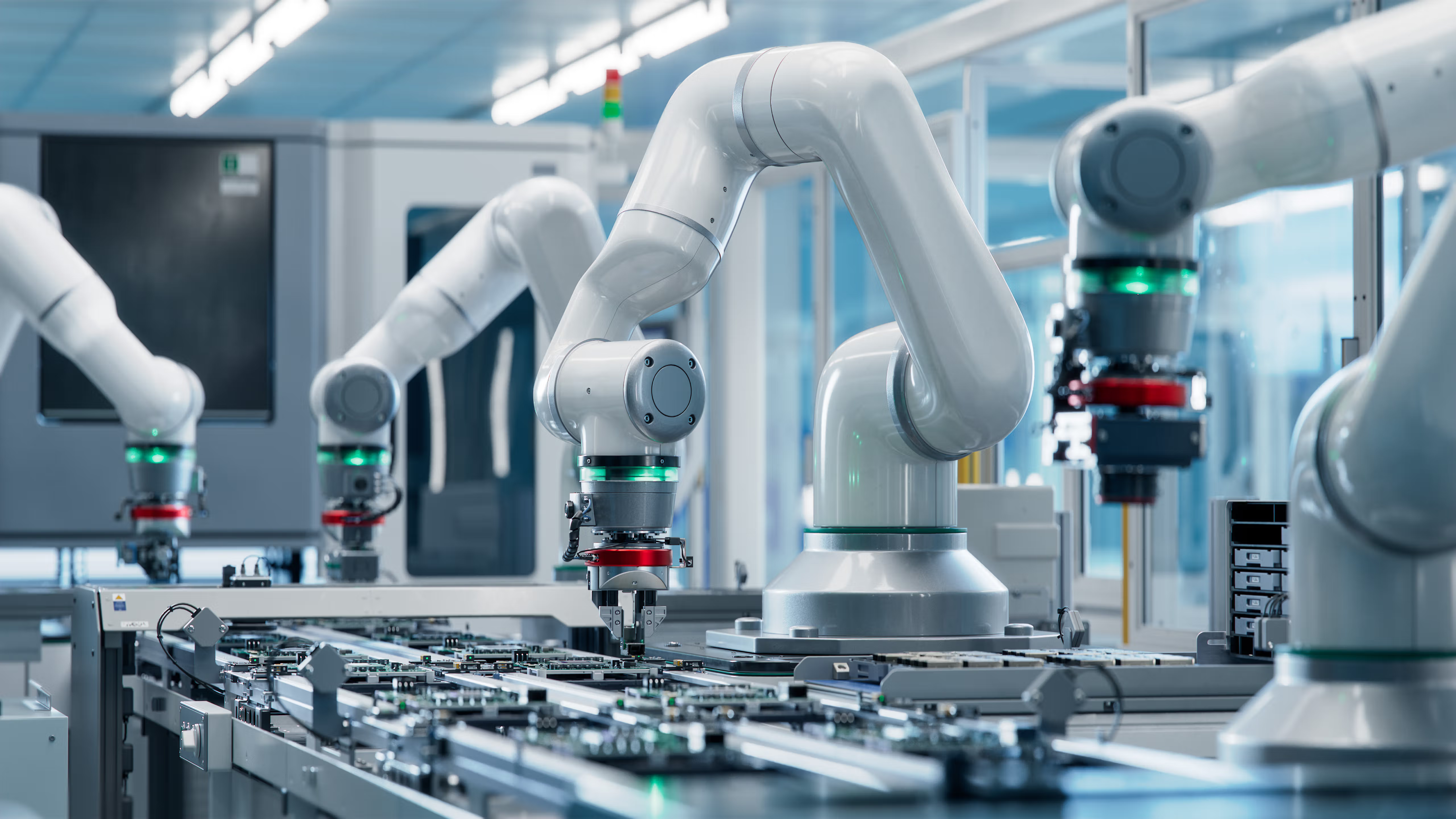

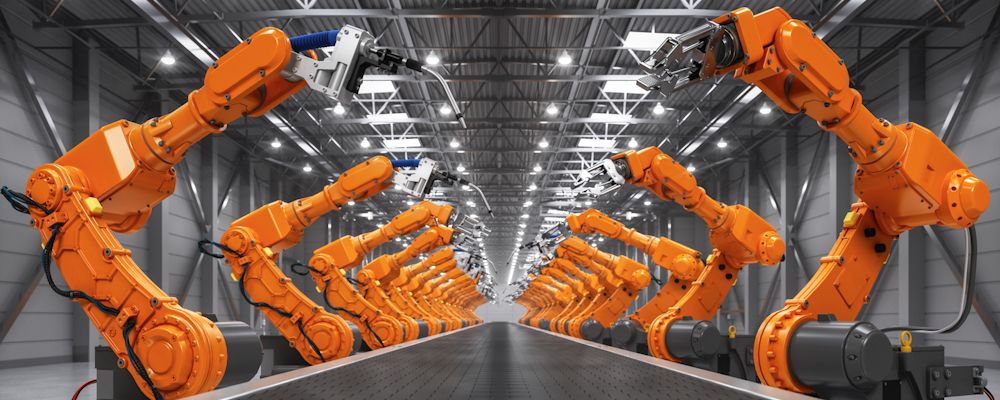

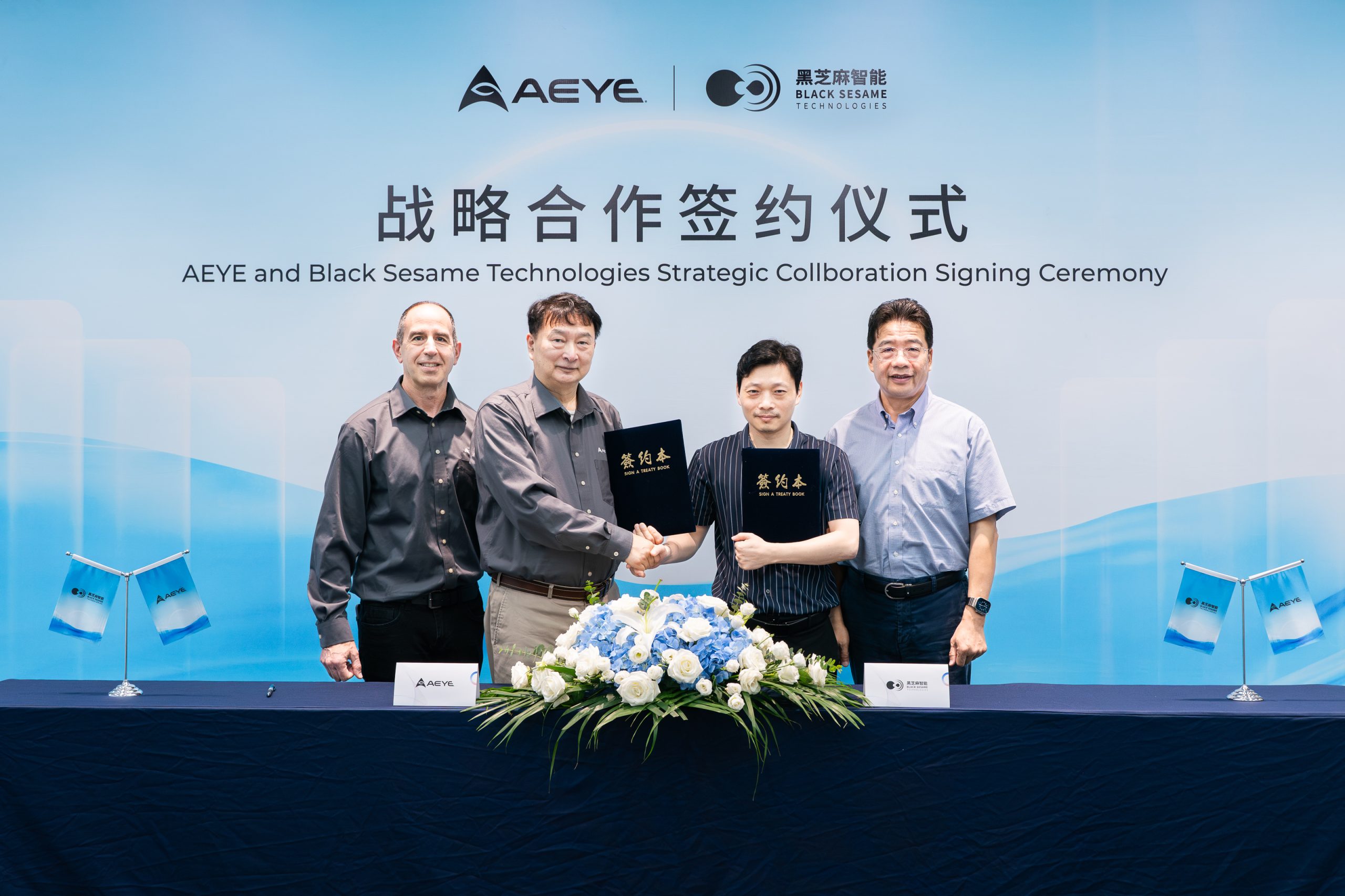


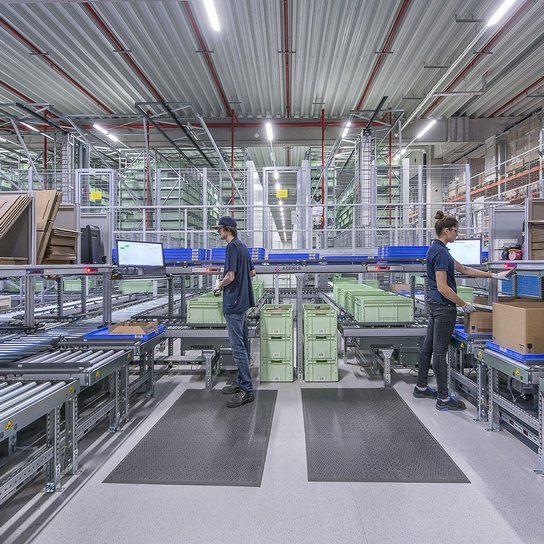



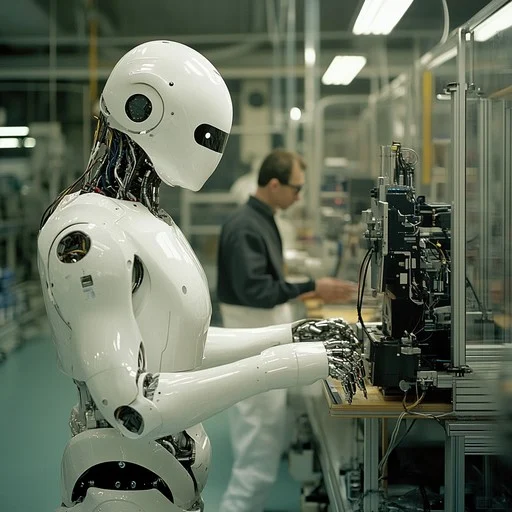
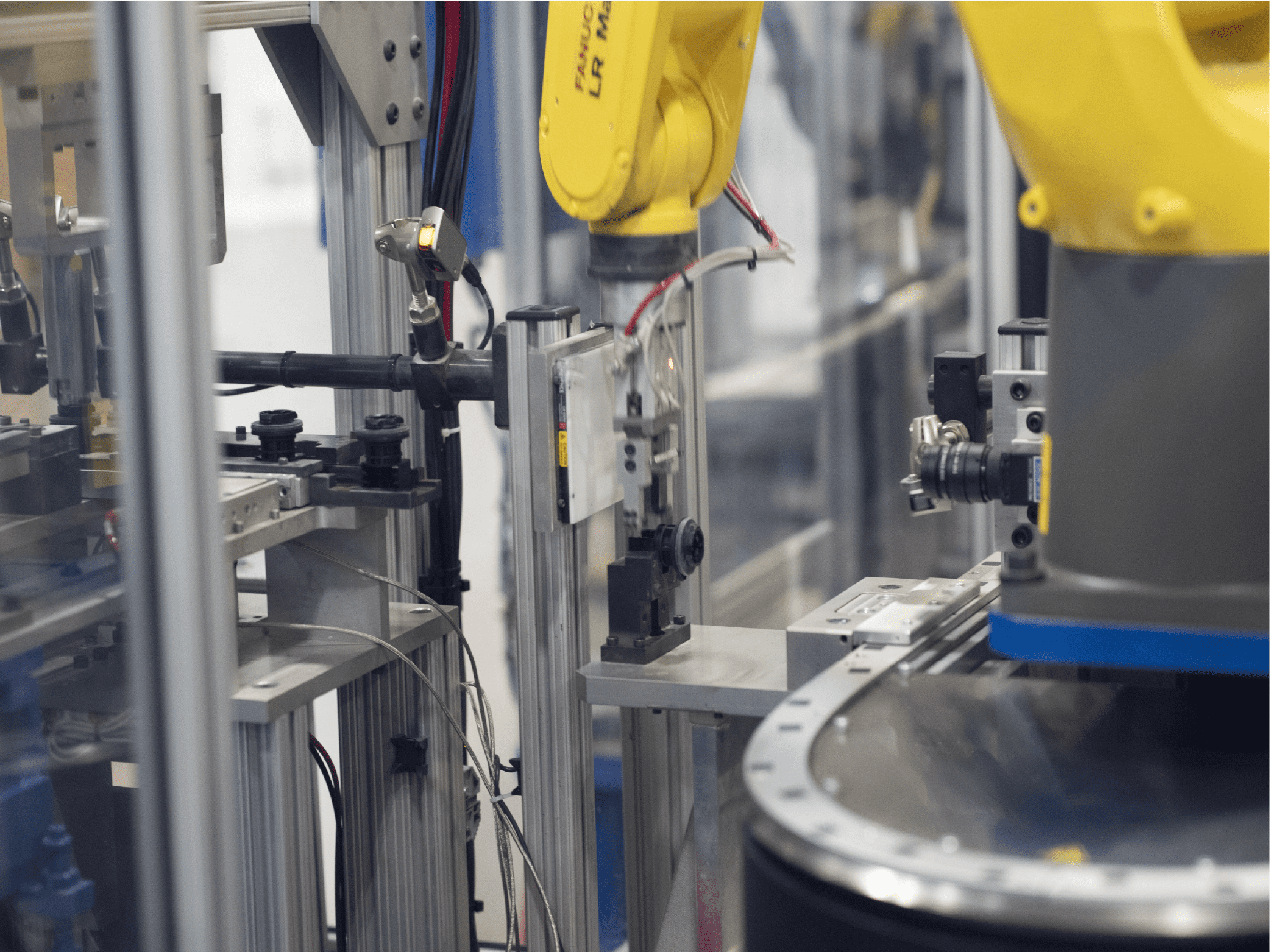
.webp)






























.png)





.png)




















